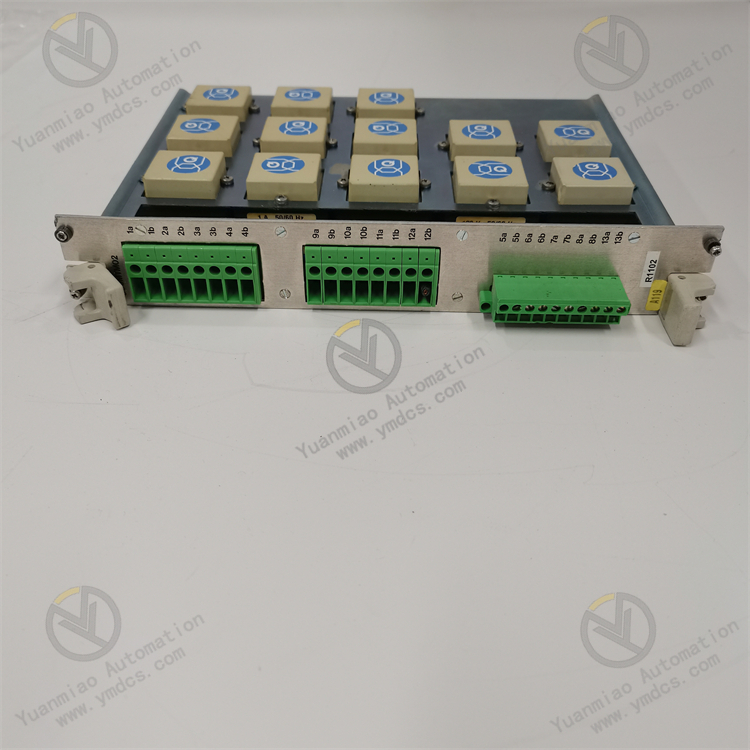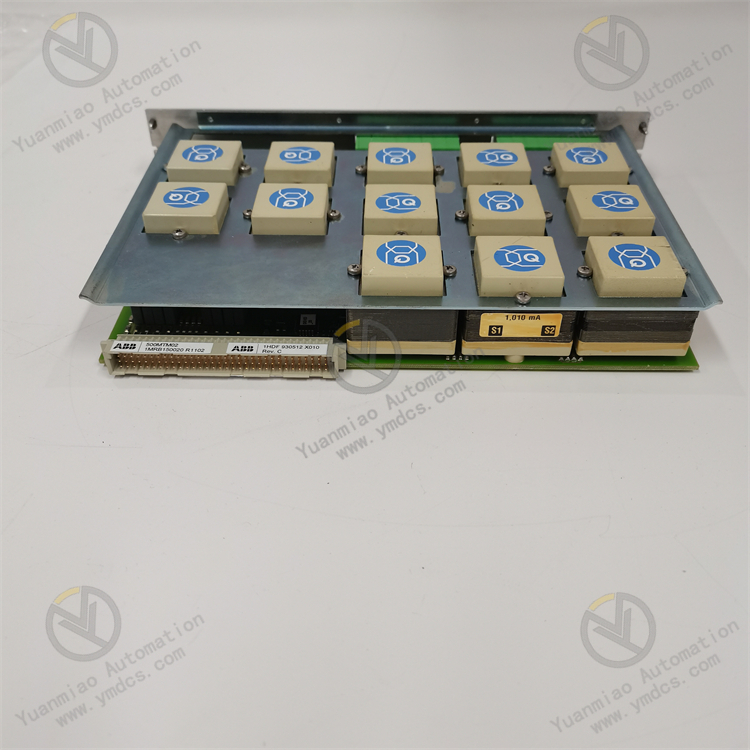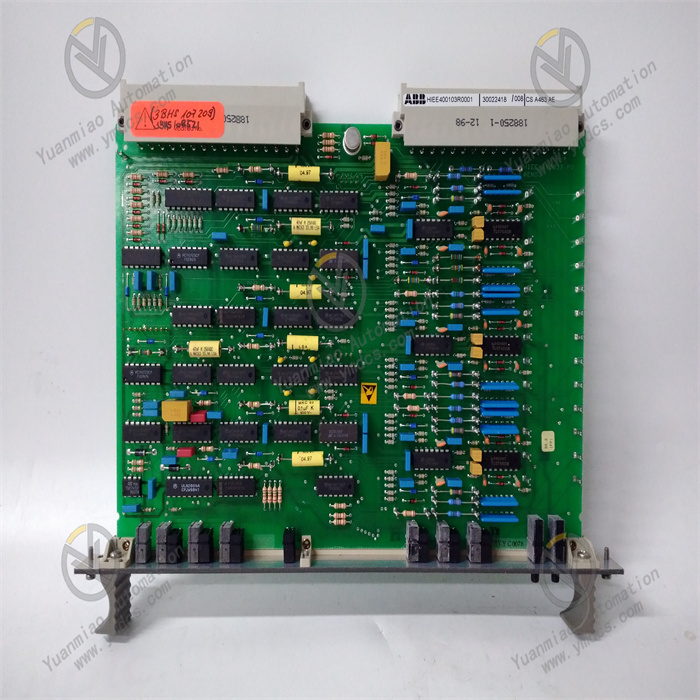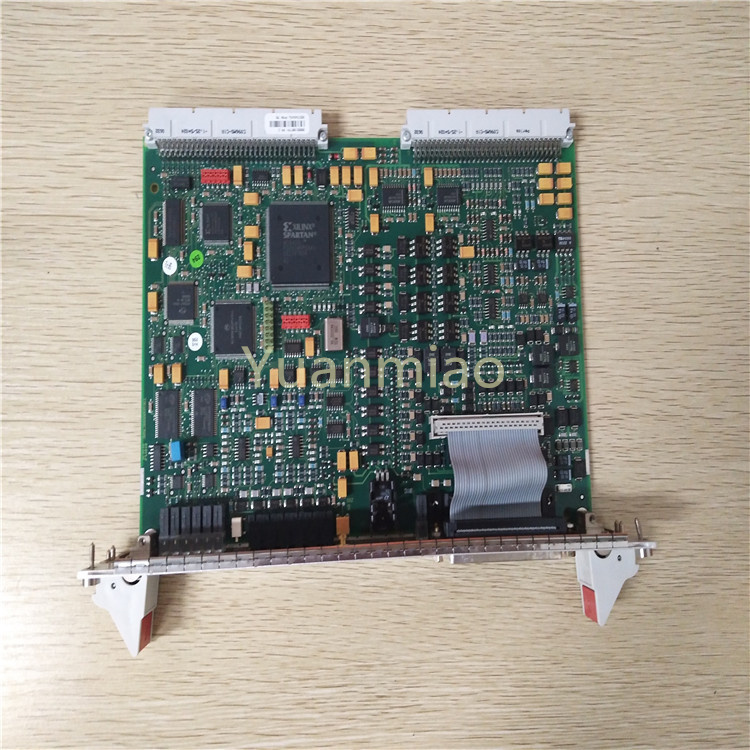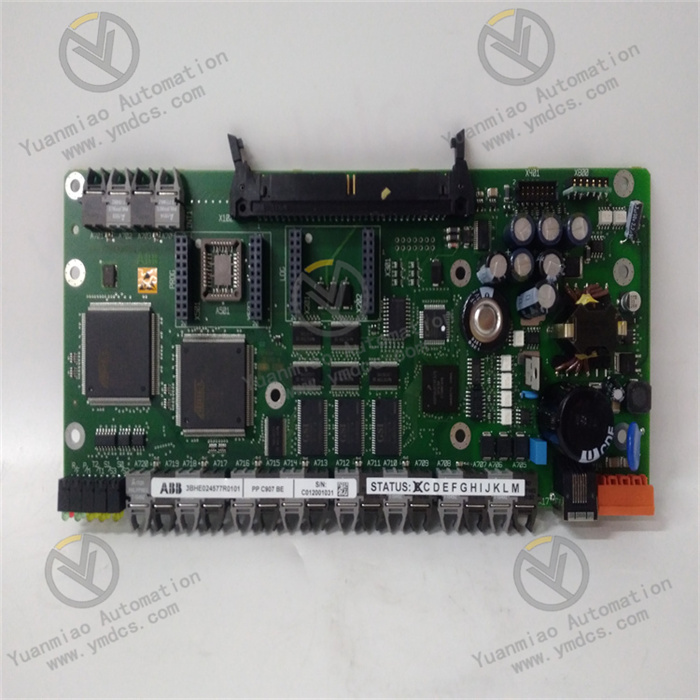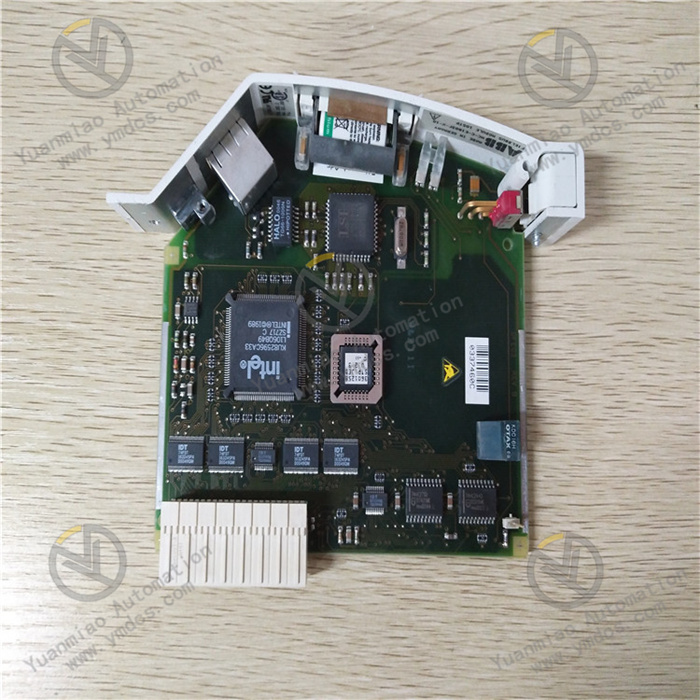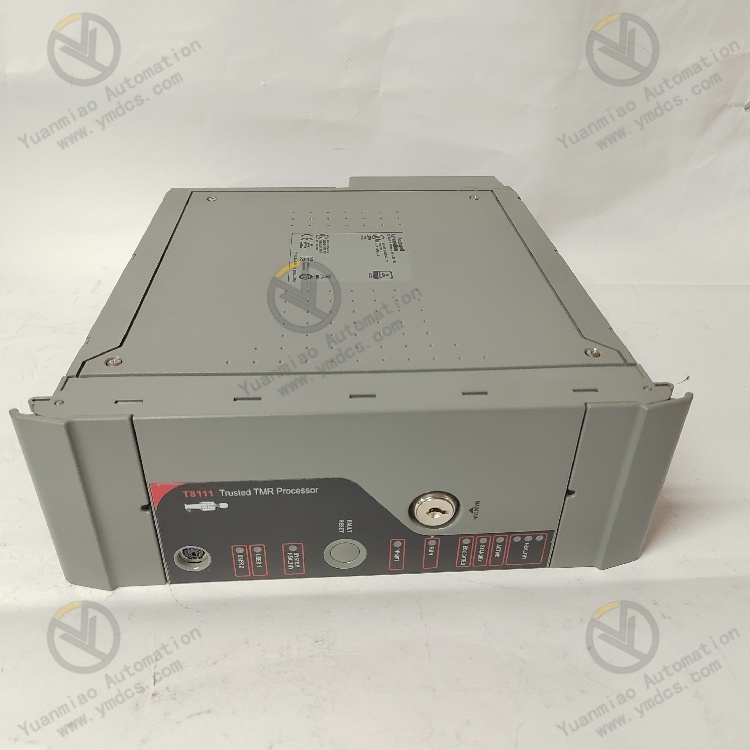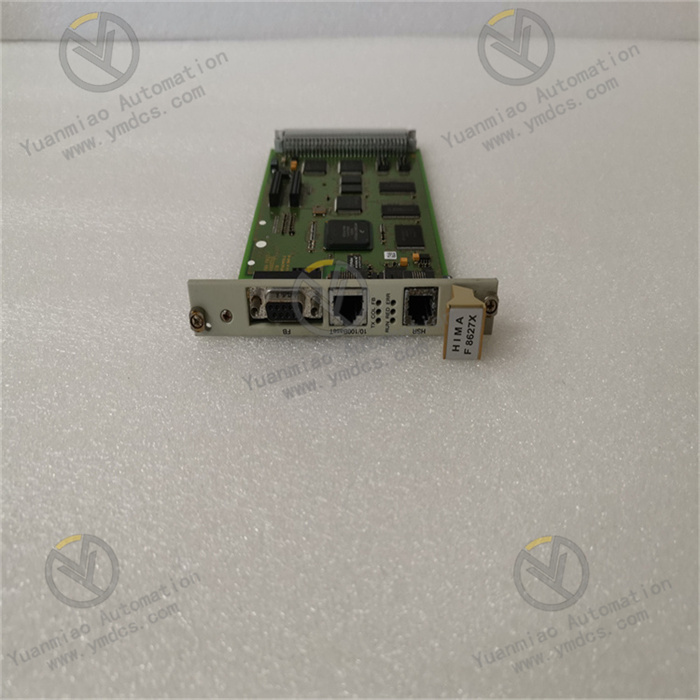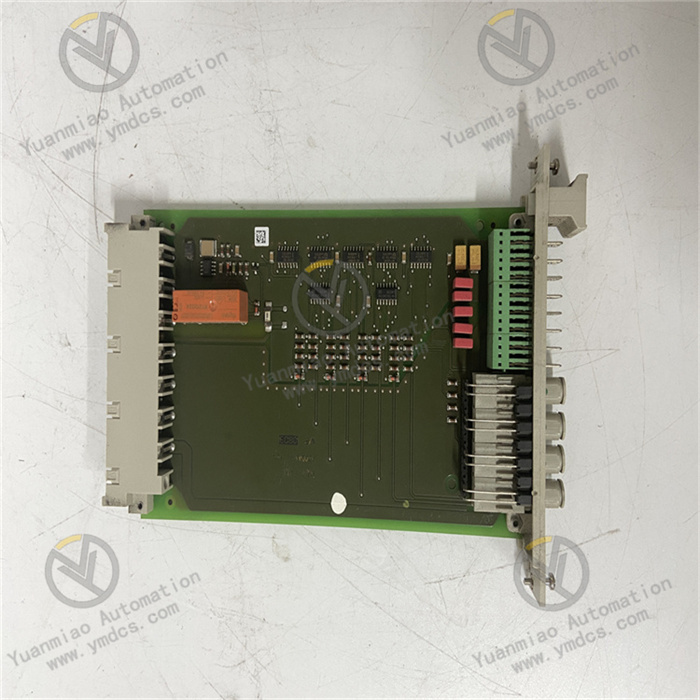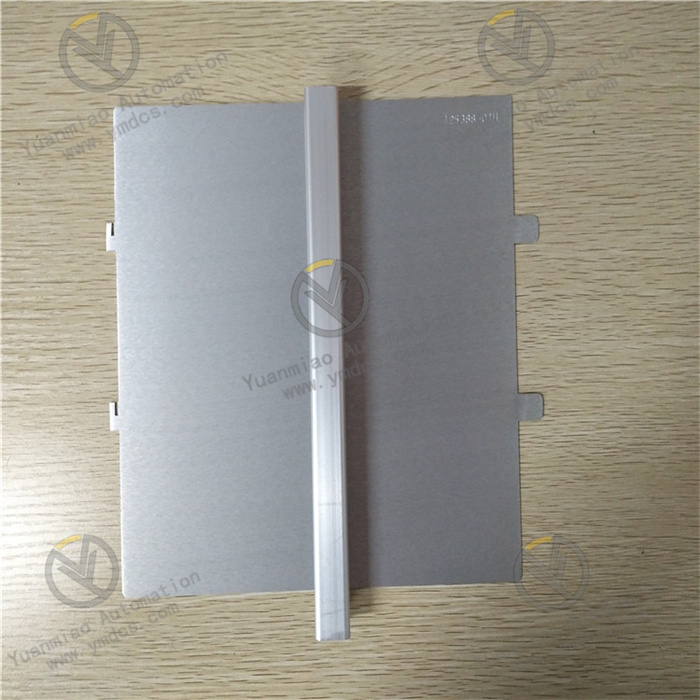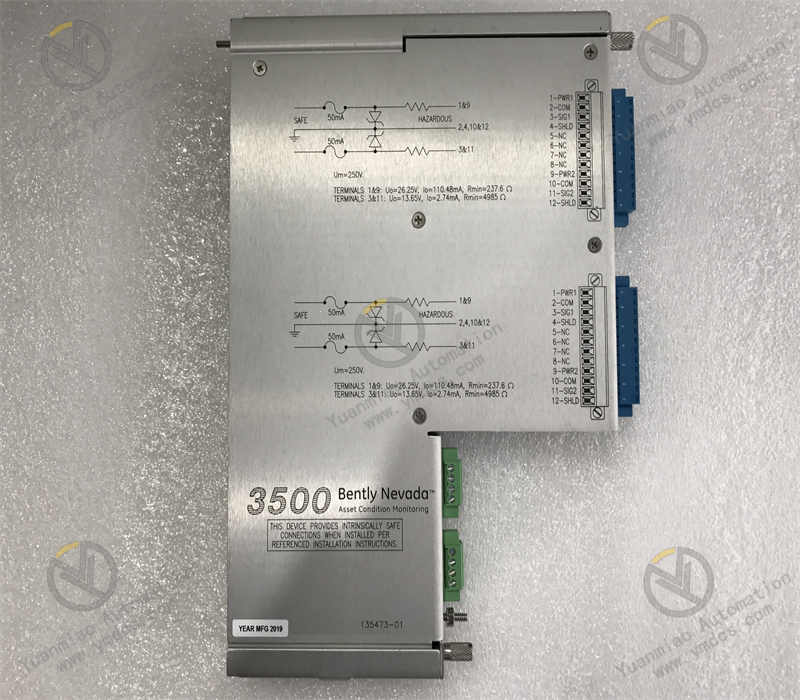Description
ABB 500MTM02 1MRB150020R1102 1HDF 930512 X010
Key Features
- High-performance processing capability: Equipped with advanced processors, it efficiently executes complex control tasks, ensuring high system precision and fast response.
- Multi-protocol support: Compatible with multiple industrial communication protocols such as Modbus, PROFIBUS, and Ethernet/IP, facilitating integration with other devices and systems.
- Flexible configuration options: Supports various input/output configurations to meet different application needs, with easy installation and maintenance.
- Robust and durable: Complies with industrial standards, capable of long-term stable operation in harsh environments, with an operating temperature range of -20°C to +70°C.
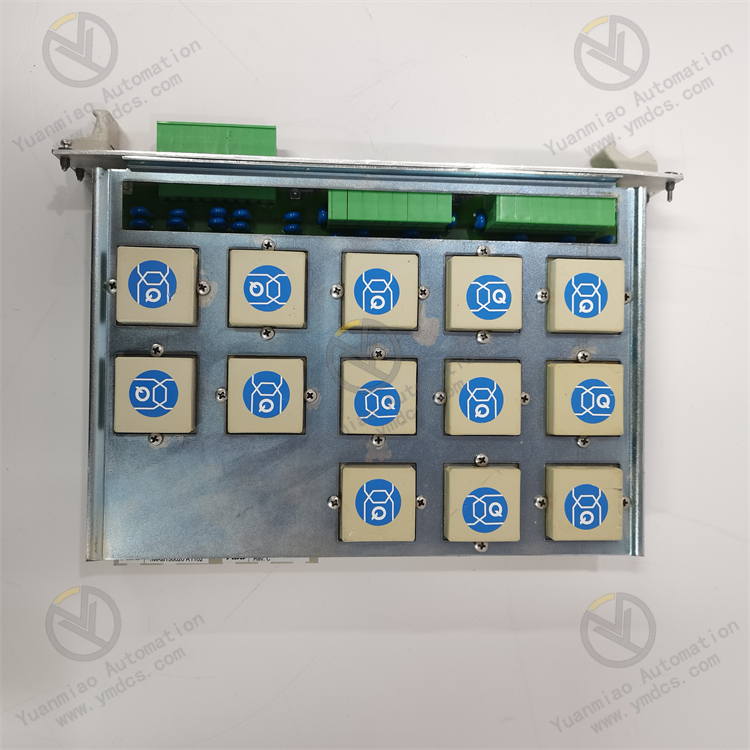
Technical Specifications
| Parameter | Details |
|---|---|
| Measurement type | May include pressure, flow, temperature, or liquid level measurement (subject to specific application scenarios). |
| Signal output | Supports 4-20mA analog signals, HART communication, or fieldbus protocols (e.g., Profibus). |
| Measurement range | For pressure transmitters, may cover a wide range from 0-100kPa to 0-400MPa. |
| Accuracy class | Typical values of ±0.1%FS or ±0.25%FS, meeting industrial-grade measurement standards. |
| Operating voltage | 24V DC (two-wire or four-wire power supply). |
| Protection level | IP65/IP67 (dustproof and waterproof, suitable for harsh environments). |
Application Areas
- Process control: Suitable for automation control in industries such as chemical and oil & gas.
- Manufacturing: Can be used for automated control of production lines.
- Energy management: Applicable to monitoring and control of power systems.
- Building management: Used for data exchange in building automation systems.
General Operation Guide for ABB 500MTM02 1MRB150020R1102 Module
Installation and Connection
- Check compatibility: Ensure the device meets technical specifications and compatibility requirements before installation to avoid setup failures.
- Read the manual: Carefully follow the installation manual provided by ABB, operating step-by-step to ensure correct installation.
- Connect hardware: Properly connect power cables, signal lines, and other hardware components as instructed in the manual to ensure secure connections.
First Startup
- Check integrity: Before initial startup, verify that all packaging and accessories are complete and undamaged.
- Read safety guidelines: Thoroughly review the product’s safety guidelines to understand operational risks and preventive measures for safe use.
- Connect power and network: Correctly connect power and network cables as instructed to ensure the device is properly powered and networked.
- Perform initial setup: Configure the device’s initial settings (e.g., time, language, and network parameters) according to the user manual to prepare for operation.
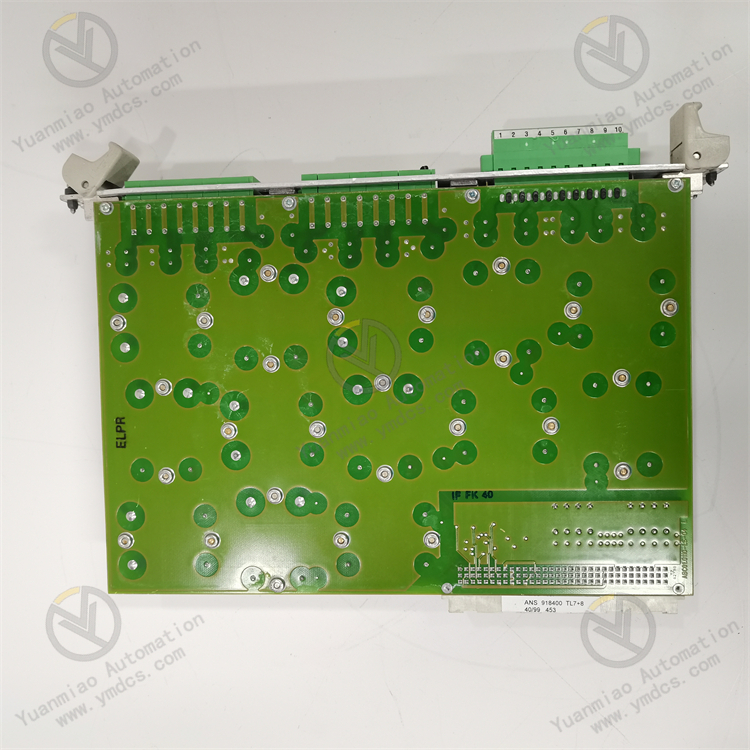
Parameter Setting
- Parameters are typically set via relevant programming software or an operation interface. Due to the module’s compatibility with multiple industrial communication protocols (e.g., Modbus, PROFIBUS, Ethernet/IP), communication parameters may need to be configured according to specific requirements. Input/output parameters (e.g., logic definitions for digital inputs/outputs and range settings for analog inputs/outputs) should also be set based on actual application scenarios.
Daily Operation
- During operation, real-time monitoring of the module’s status (e.g., input/output signal status, communication status) can be achieved via monitoring software or the operation interface. Parameters can be modified remotely or locally through programming software or the interface as needed, but ensure compliance with relevant procedures to avoid device failures or system anomalies caused by improper settings.
Maintenance and Troubleshooting
- System testing: Conduct post-installation and periodic system tests to verify normal device functionality and ensure performance meets standards.
- Follow safety protocols: Always read and adhere to all procedures and wear appropriate protective gear during maintenance.
- Understand emergency shutdown procedures: Familiarize yourself with the device’s emergency shutdown procedures to act quickly in hazardous situations.


